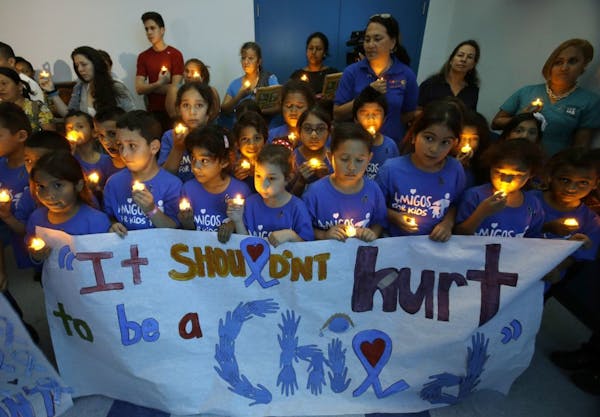Minnesota's privacy laws shroud child welfare cases and abuse deaths in secrecy, making it difficult for the public to evaluate how well the state protects children.
Counties are required to review each child death and near-death case and file fatality reports with the state to examine if chances were missed to help the child. But they keep confidential nearly all of the records pertaining to those reviews.
The U.S. Administration for Children and Families told Minnesota in April that its laws are so secretive that the state is not complying with federal mandates to release basic information from those reviews. The feds say Minnesota must, at a minimum, tell the public about the cause and circumstances of a death or life-threatening injury in nearly all abuse and neglect cases, the age and gender of the child, information describing previous reports of child abuse, and any child protective services provided before the child's death.
Twice since 2005, the state Department of Human Services has used county fatality reviews to make recommendations on how counties can prevent child deaths, but neither report identified cases, or looked at what could have been done to help children known to the system.
Counties and states are often loath to release the records "because it's embarrassing to them, " said Elisa Weichel, administrative director for the California-based Children's Advocacy Institute.
Erin Sullivan Sutton, assistant DHS commissioner for children and families, said the department had proposed laws that would allow more access to mortality reports, but the Legislature did not go along. Next year, she said, DHS will go back to lawmakers seeking a law to comply with federal mandates to open child abuse records.
Brandon Stahl

Want to share info with the Star Tribune? How to do it securely

'Safe recovery sites' would offer syringes, naloxone and more to people using drugs. The plan could be in peril.
New Minnesota GOP leaders seek peace with party's anti-establishment wing

Who is Republican Lisa Demuth, Minnesota's first House speaker of color?

